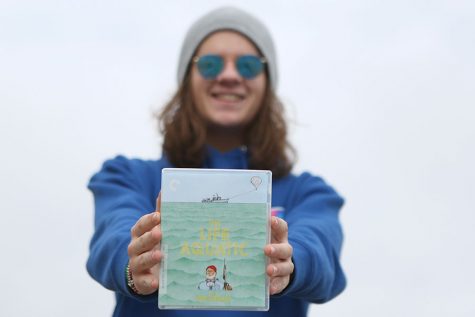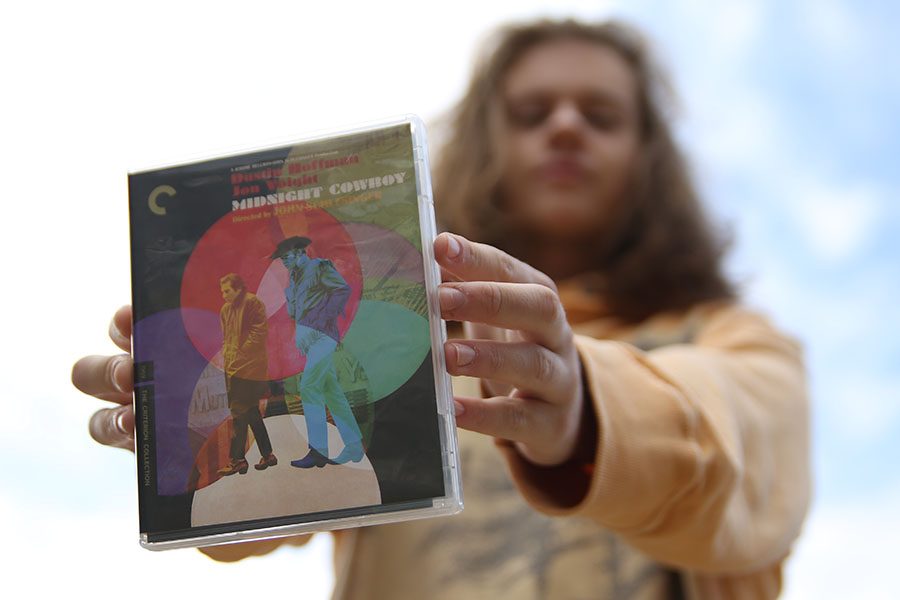Opinion | Bona Fide | “Midnight Cowboy”
A Review of John Schlesinger’s “Midnight Cowboy”
WARNING: “Midnight Cowboy” (1969) is rated R by the MPAA for strong sexual content, language, violence and some drug use.
The eye-opening “Midnight Cowboy” is a must-see that explores one man’s struggle to overcome a history of trauma and figure out his place in a crazy, mixed-up world.
The film follows Joe Buck (Jon Voight), a naive cowboy that ventures to New York City from Texas to become a hustler. Through his pursuit, Joe comes across homeless scam-artist Enrico ‘Ratso’ Rizzo (Dustin Hoffman) whom he befriends on his journey through the Big Apple.
Joe Buck: “I like the way I look. Makes me feel good, it does. And women like me, god*****t. Hell, the only one thing I ever been good for is lovin’. Women go crazy for me, that’s a really true fact! Ratso, hell! Crazy Annie they had to send her away!”
Ratso Rizzo: “Then, how come you ain’t scored once the whole time you been in New York?”
A commercial and artistic success, “Midnight Cowboy” garnered over $44 million on a production budget of $3.6 million while being the first X-rated film to win Best Picture at the Academy Awards. (Two years later, the Motion Picture Association of America downgraded the movie to an R rating).
Although a success, “Midnight Cowboy” stirred the pot as it created a reputation as a pornographic film, when in all reality it was merely based around Buck’s sexuality and his attempt to make it as a hustler in NYC.
Controversy surrounded the picture because of its homosexual themes that–at the time–were too much for the big screen but would today be seen as more acceptable.
While never outright identifying Buck’s homosexuality, the recurring themes of insecurity and horrendous flashbacks to his past demons all point to that possibility. In one scene Buck has a traumatic dream that revives events from his past in Texas and causes him to wake up in a panicked, defensive frenzy.
What begins as a light-hearted story (Cowboy moves to the big city to find himself dressed in full-southern attire) of new beginnings quickly becomes bigger than itself illustrating the power of friendship, fear, love and outright humanity in shaping a reality.
It is the best representation of friendship and the most genuine depiction of homelessness I’ve seen put to the screen. The slow progression of Buck and Rizzo’s relationship is real and devoid of any Hollywood clichés.
The happenstance of their their eventual homelessness doesn’t detract from their humanity as the writers create a nuanced portrayal of that status dismissing the stereotypical flat, crazy homeless people.
All in all, “Midnight Cowboy” hasn’t lost its touch and still holds up as one of the greatest films of all time nearly 50 years later.
With Jon Voight’s debut and Dustin Hoffman riding on the heels of “The Graduate,” the characters never become caricatures of themselves, leaving all stereotypes behind and only expressing some of the most passionate and realistic acting Hollywood has put to the screen.
After a first-time watch, the picture stuck with me. It began as this light-hearted coming-of-age tale with underlying themes that soon took hold and became something much more.
The style of the picture that director John Schlesinger created has been a basis for many filmmakers (Edgar Wright, Alfonso Cuaron, Thelma Schoonmaker, etc.) to come with the implementing of rapid-fire editing and flashbacks as story-driving devices, both staples for future filmmakers.
Even though homelessness corrupted their health and well-being, one would be lucky to have a relationship as strong as Voight and Hoffman’s in “Midnight Cowboy.,” and the chemistry still puts up a fight 50 years later. They are the reason to sit back and enjoy “Midnight Cowboy” in all of its realistic and beautiful glory.
Check out “Midnight Cowboy” on Decider to find the perfect streaming service.
Your donation will support the student journalists of Eureka High School - MO. Your contribution will allow us to purchase equipment and cover our annual website hosting costs.

This is Margherita's fifth semester on staff where he serves as an opinions writer for the EHS_hub. Marghertia enjoys discovering new music, traveling...

This is Peterson's seventh semester on staff where she serves as the Managing Editor for both the Eurekana Yearbook and EHS-hub. Peterson enjoys sleeping,...



















